Taking the Leap from DSLR to Mirrorless
This article may contain affiliate links where I make a small commission for purchases you make from links that you click from this article. By purchasing through these links, you support me at no additional cost to you. Thanks for your support.
Making an initial camera brand choice for the serious photographer is difficult because it sets you in a direction that dictates years of gear to come. In the past, your choices were primarily Canon and Nikon. After you build up that arsenal of initial equipment, you never contemplate making a costly switch to a new brand. However, in the last few years, a new player, mirrorless cameras, has come into the serious photography space, and they are making a lot of people consider making a brand switch.
I do a lot of hiking and active travel, and I carry my equipment with me all the time. It can get really heavy and cumbersome at times. Since I knew I had a big 2-week hike in Costa Brava this spring, I really wanted to use that opportunity to take a little camera diet. I wanted to have lighter equipment to hike with on this rugged trail for 100 miles. This is what drove me to make the switch from DSLR to mirrorless, I wanted a lighter camera solution. Secondarily, I had been using my Canon 60D for four years now; the technology was older, and the camera really had some wear and tear on it thanks to all of the use it gets and the extreme environments I take it into.
When you decide to change over camera brands, there’s a lot of good – and bad to the process. It wasn’t an easy decision for me to make the switch. I talked to a lot of other photographer friends who had made the switch, and all seemed pretty satisfied with it. So I made the leap into full frame mirrorless in 2016 and purchased a Sony A7ii. At that time Canon hadn’t entered the mirrorless realm – so I decided to switch from Canon to Sony.
Table of Contents
What is a Mirrorless Camera
Mirrorless cameras are interchangeable lens cameras that don’t have a mirror and sometimes don’t have an optical viewfinder that defines a DSLR. Most mirrorless cameras are built around sensors of the same size as DSLRs, offer the same quality images, and have similar lenses available. As time goes by there are fewer and fewer differences between the two. The main ones are that a DSLR has a through-the-lens optical viewfinder, while a mirrorless one has an electronic viewfinder. The mirrorless cameras also use their main imaging sensor for focus as opposed to a separate, dedicated autofocus module that DSLRs generally use. Mirrorless cameras have come far enough along that I was finally ready to try one.
Is Mirrorless Really Lighter?
My main reason for making this switch was that I wanted a lighter camera to carry with me on hikes and traveling in general. The A7ii definitely delivers on that. But you have to be careful with this statement, as the overall weight of what you are carrying really depends on the lens you purchase. Originally I wanted to purchase the Sony FE 24-70mm f/2.8 GM Lens – as it would replace my favorite Canon lens that is also a 2.8. However, when I started to look at the specs of the lens, I realized that it was really heavy, weighing in at nearly 2 pounds (1.95 to be exact). When I added that to the camera body weight – it ended up being the same weight total as my Canon body and 17-55 F2.8 lens. So I really wasn’t changing anything about my weight!
Check out the camera bags for travel that I love and use over and over again
If weight is a reason for switching, make sure that you check the specs of the lenses you want plus the camera body to make sure you are actually dropping weight from what you have now.
Good lenses are generally heavy – and I’m positive that the Sony GM lens was a great lens – but it would’ve defeated my purpose as well as been a hit to my budget as it costs $2200.
I decided since weight was my main goal, I would choose a different, lighter, cheaper ‘everyday’ lens. I went with the Sony Vario-Tessar T* FE 24-70mm f/4 ZA OSS Lens for $1200. I lost some ability to shoot in low light since this was only an f4, but I was pretty confident that the Sony’s superior ability to shoot in low light with its high ISO and image stabilization built into the camera would make up for my lost range in aperture. And I would say that after using the camera and lens combo now for six months, that I was right – I didn’t need the 2.8 as the other features made up for it in low light shooting.
In the end, the camera and lenses that I carry overall are lighter and take less space in my bag. And when I’m hiking on the trail, the camera is absolutely lighter and more comfortable.
New Lenses and Compatibility
I think the hardest part about making the switch is that it does mean that you are likely going to have to invest in all new lenses – which means a big hit to the pocketbook. However, in my opinion, the most important thing in your photography arsenal is your lens. I had to go through the agonizing process of replacing lenses – lenses that I loved. And because I’m not rich, I couldn’t just get everything at once; I had to just get the basics and then plan to slowly supplement and replace over the next few years.
The good news is that it is actually possible to use your Canon or Nikon lenses with the Sony, but it requires an adapter. I bought the FotodioX Vizelex ND Throttle Adapter for Canon EF/EF-S Lenses to Sony E-Mount Cameras – at approximately $100. There are more expensive ones, but I found that this one was just fine. You put this adapter on and then put your Canon lens onto the adapter, and Presto! I could use my Canon 10-22mm wide-angle lens! This meant that I didn’t have to go out and purchase a new wide-angle and a new telephoto lens right away. Instead, I just invested in a new ‘everyday’ lens, the Sony 24 -70mm f/4 Vario Tessar T, and started off with that.
Adapter Issues
However, it wasn’t all puppies and rainbows with this adapter solution. It’s great that I could use an existing lens, however the time it takes to set auto focus when using the adapter is significant; it just takes much longer, but it does eventually focus. It’s not a problem when I use the adapter with my wide angle as I’m normally taking landscape shots with it and there’s no real rush.
However, when I used it with my Canon 70-300mm lens, which I frequently use for wildlife photography, the slow focus time caused me to miss shots. Since I had trips planned to Churchill to photograph polar bears, Alaska and Maine for bears and moose, and Antarctica for penguins, whales, and seals – I knew that this adapter solution wasn’t going to work. So I invested in a Sony FE 70-300mm F4.5-5.6 G OSS Lens to take advantage of that fast Sony auto focus for wildlife photography. Another $1100 investment. Ouch, but necessary. It’s a great lens, and just this week, I was out using it to capture the supermoon in South Dakota!


Overall, the two Sony lenses I bought are excellent. The Zeiss lens (24-70mm F4) is so sharp; much sharper than my old Canon lenses! Seeing tack-sharp pictures is a delight, and it was a good move for Sony just for that alone.
Other Things to Consider When Switching to Mirrorless
Battery Life
This is an area I knew was going to be worse than my old DSLR, but I was willing to deal with it. A mirrorless camera has to constantly power the sensor and display, which eats up battery life. Most also have Wi-Fi connectivity to transfer photos wirelessly. However, I pretty quickly learned to train myself to shut off the camera after taking a few pictures. I never let it stay in the ‘On’ mode and have just gotten really quick at training my brain to pick up the camera and turn it on all in one quick swoop!
I also don’t use the Wifi function to transfer images. Call me old school, but it just isn’t that big of a deal to me at this point. I have my process of how I do workflow and it doesn’t require wireless immediate transfer. Maybe it’s like flying first class, if I were to start to use the wifi function, I’d likely realize what I’ve been missing all of these years and then have to have it – which is exactly why I fly economy!
Finally, the best way to combat fast battery drain is to just buy a lot of extras! I have five that I carry with me now (my old camera had 3) because I often go to remote places with no place to recharge.
Auto Focus
The autofocus is much better than my old DSLR – it’s fast and has many more options when it comes to focusing choices, including continuous autofocus and many more options for focal points that I didn’t have before. There’s also an HDR function when shooting in .jpg, however I honestly haven’t used it much as I usually edit the images in Lightroom myself anyway. The burst is super fast and great for wildlife or sports. And, of course, from what I can tell, the video is great – but I haven’t used it a ton. Actually I’ve probably barely scratched the surface yet on all of the new bells and whistles that I have with the Sony, but over time I will start to use more of them.
Dust on the Sensor Is a Real Problem
An issue I ran into recently that I hadn’t heard anyone talk about is that I get a lot more dust on my sensor than I ever did with my DSLR. This can mean a lot of work in post-processing, which I hate. Within my first trip, I had dust that I couldn’t get off with a rocketblower or anything so I had to go in and pay to have it cleaned. Since there is no mirror on the camera – when you change lenses, it seems that it’s more susceptible to getting little dust particles on it (and yes, before you lecture me, I have the camera turned off when I change lenses, and I’m not changing lenses in the wind unless it’s an emergency!). The added expense of cleaning was a bit disappointing.
Some of my favorite images from my time using the Sony A7ii
Before You Decide to Invest in Sony Mirrorless, Consider This
And the one last thing I will say about making the switch to Sony is that I’ve been really disappointed in their customer service and ability to stand behind the quality of their product. Within four months of paying a hefty price for this new Sony mirrorless full-frame camera, I had an issue. The rubber protective layer on the body came loose and started completely pulling away from the camera body. I was left with a camera that was barely used, and it was literally falling apart on the outside.
What made it worse was the area where it came apart was between the card slot and the battery slot – a frequently used area. I had to tape the rubber section back on and tape over the card slot and battery so that the problem wouldn’t get any worse. So I had a new camera with tape on it already! I contacted Sony about getting it fixed under warranty and took it to Photo Tech in NYC, as they are one of the only places that does warranty service for Sony in the US. However, since the defect did not affect my ability to take a photo, according to their warranty, it was not covered.
You can imagine that I was more than a little upset. I contacted and talked to Sony customer representatives tirelessly; I tried to be nice, I yelled, I tried to reason with them about the need for good customer service, I tried to convince them to do the ‘right’ thing, I even shed a few tears of anger. But they absolutely wouldn’t budge and kept saying that it didn’t affect my ability to take a picture and that I would have to pay for any repair.
So, I forked out another $140 to have my camera body repaired after only four months of use due to a quality defect. If I hadn’t repaired it, then the whole rubber section would have pulled off eventually, and the camera wouldn’t have been protected against weather and dust. The whole incident and my disappointment in Sony’s standing behind their product after just a short amount of use was enough for me to tell anyone to think twice about making this switch.
My Canon stood up to years of travel, extreme weather/environments, and excessive use, and I can’t say the same about Sony. I felt their customer service on this issue was completely out of line. Any company that can’t stand behind the quality of their product when it’s practically new is a company I don’t want to do business with.
So, as you can tell, I’ve had some good and bad with the switch from DSLR to mirrorless, and hopefully, this will help you as you make the big decision to make the leap!

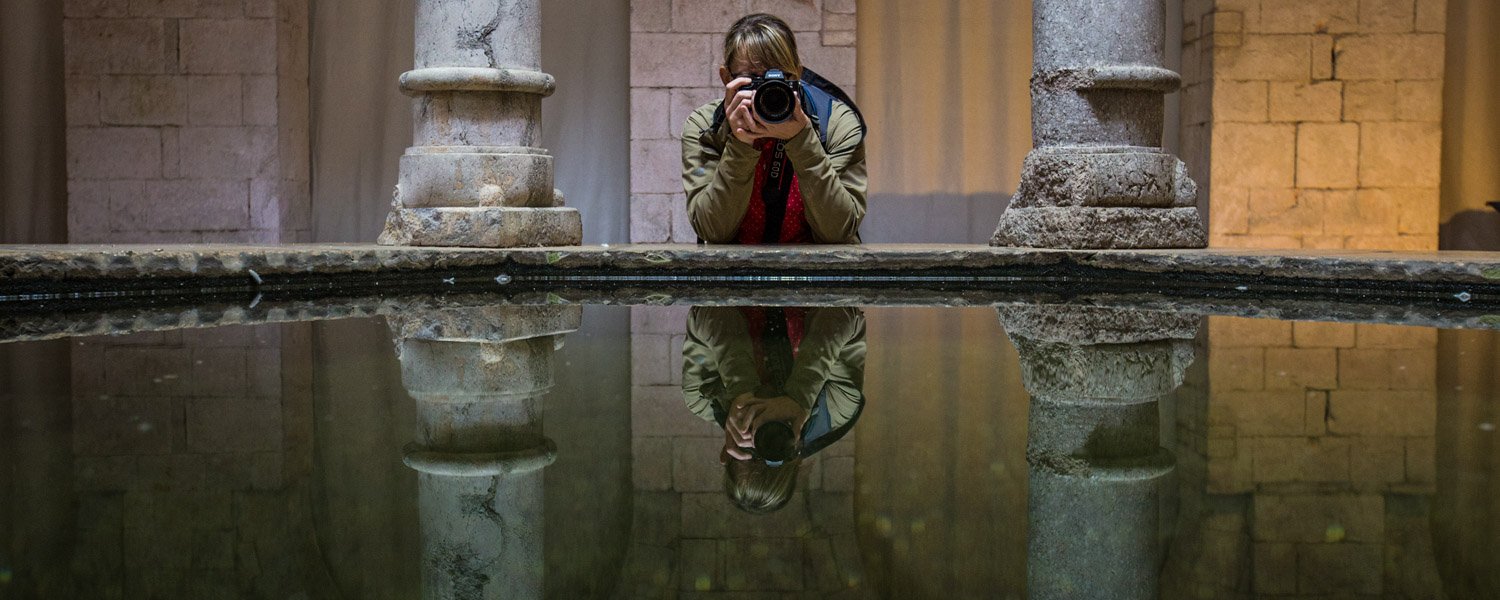
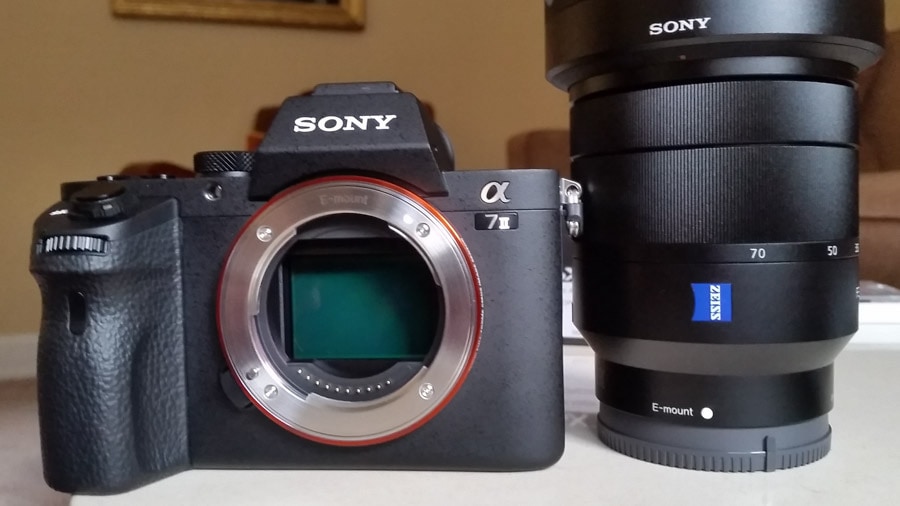
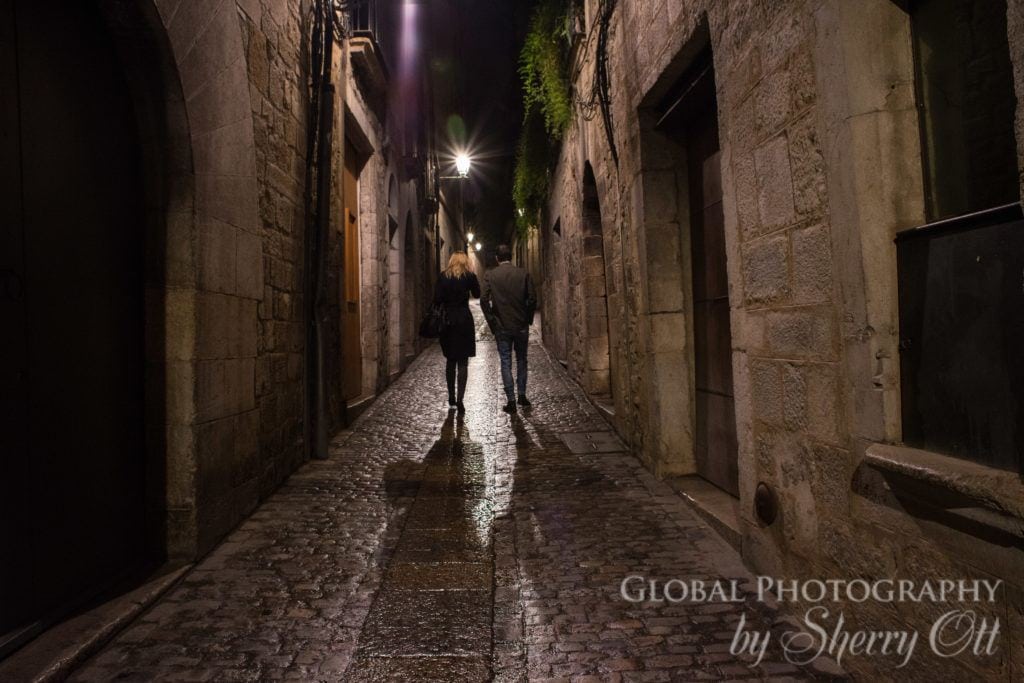


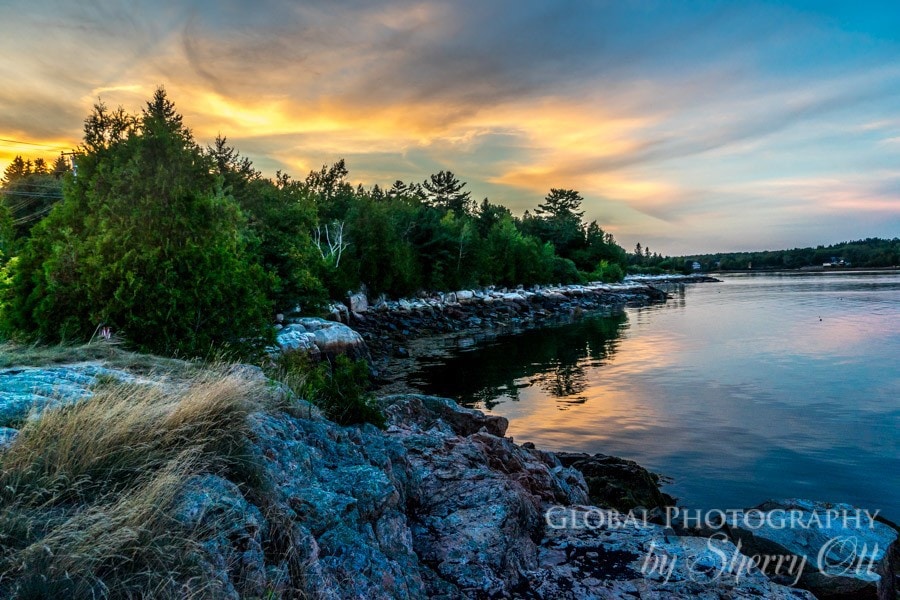

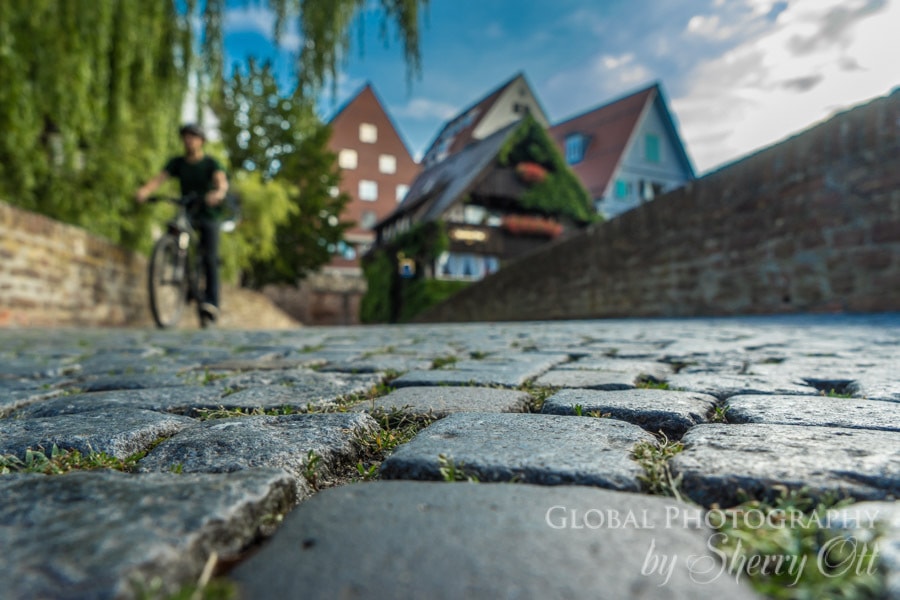
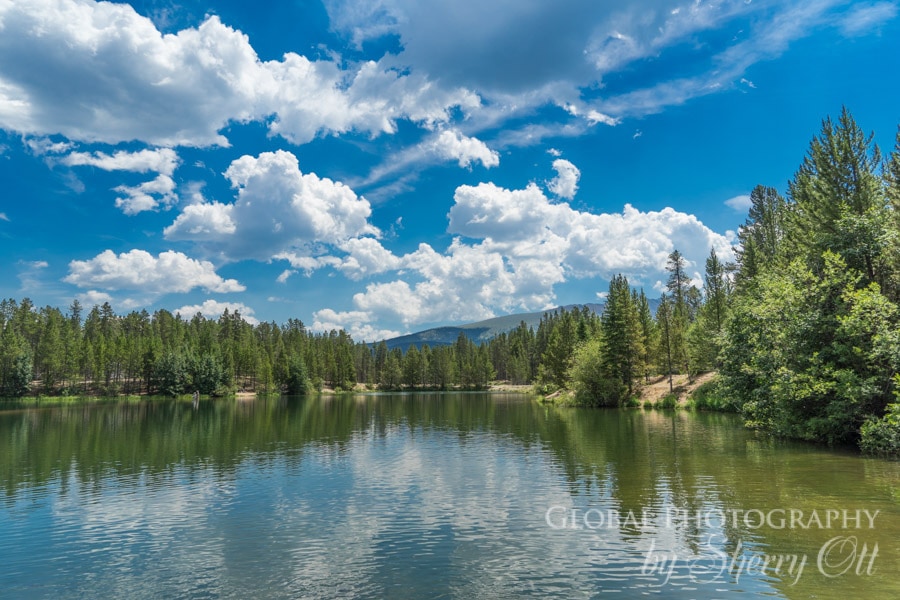

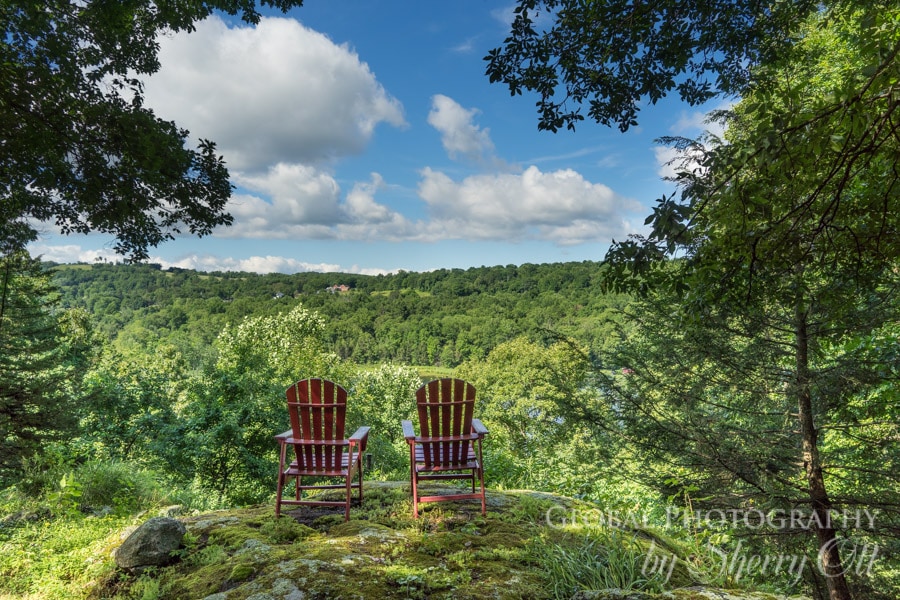
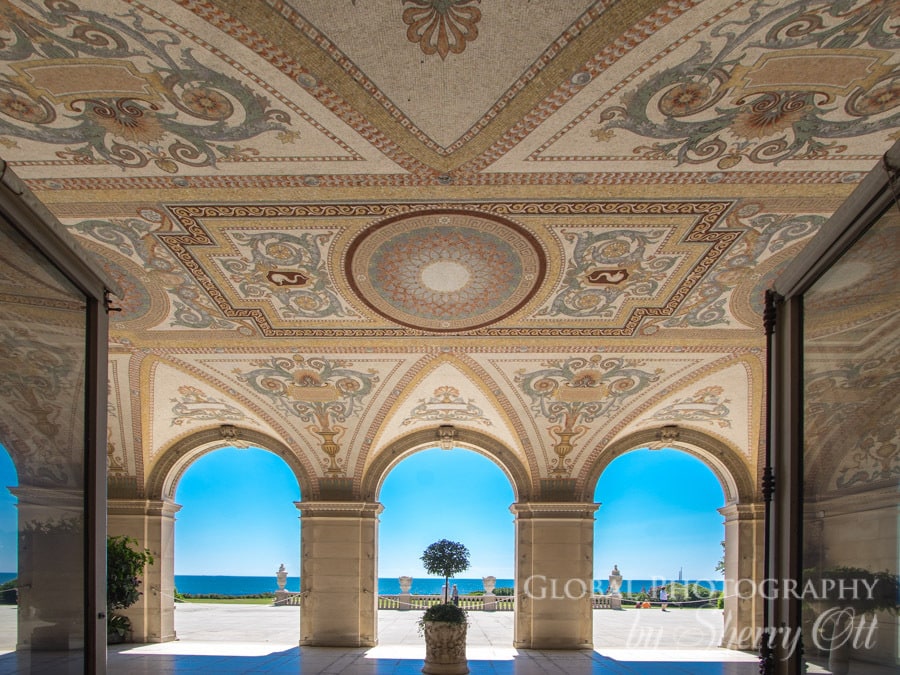
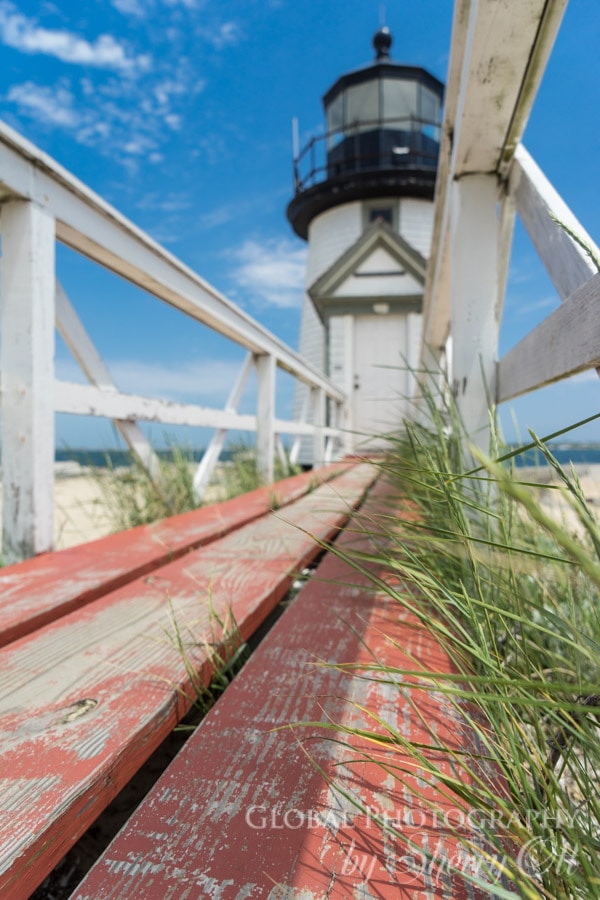
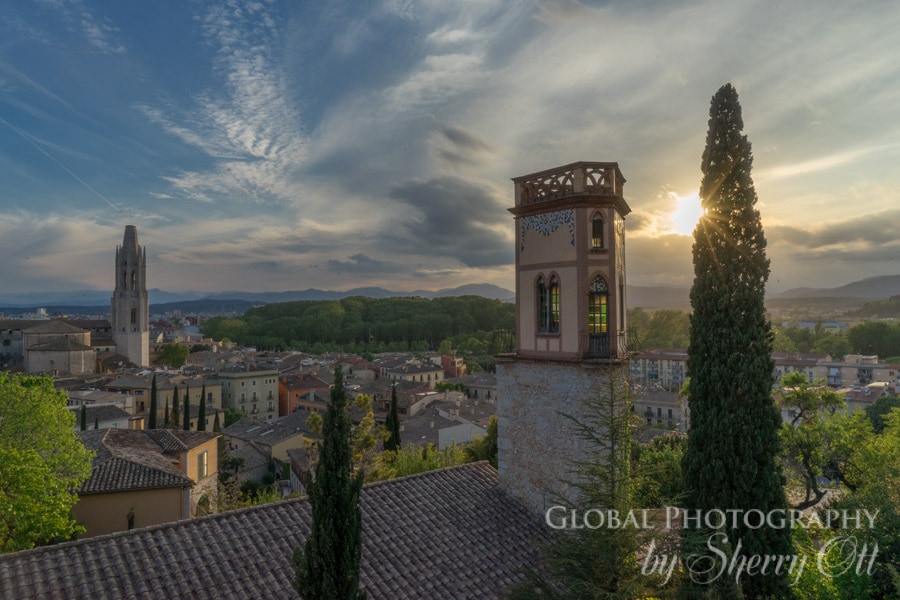
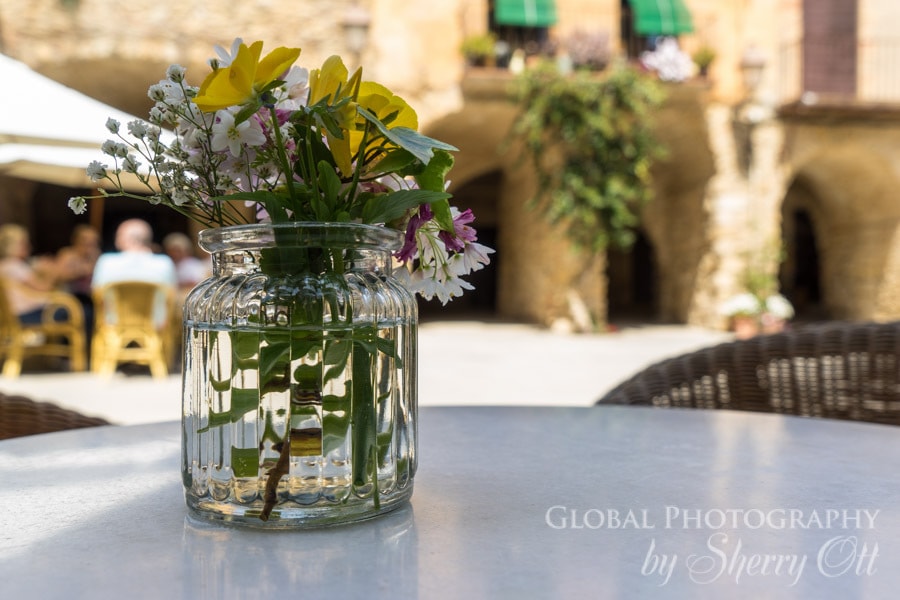
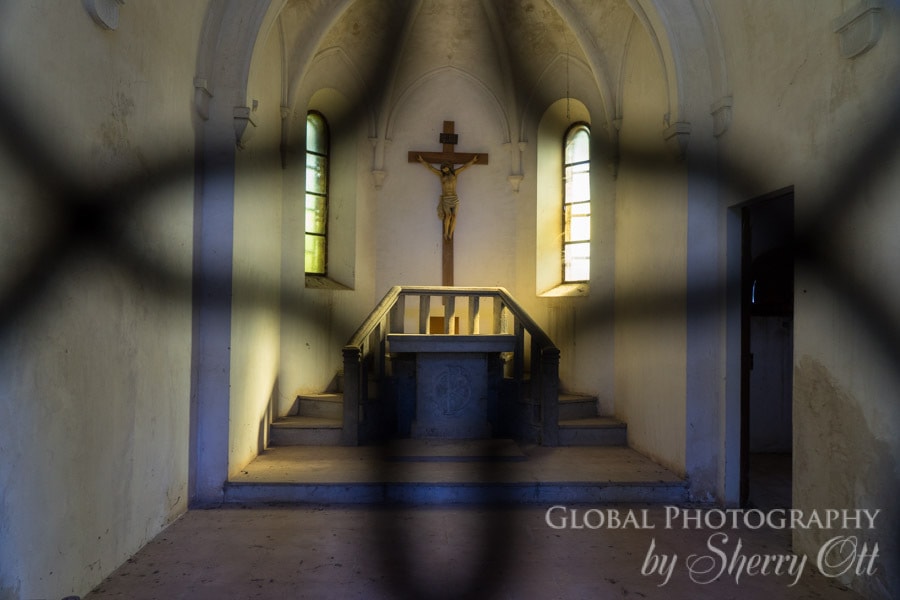
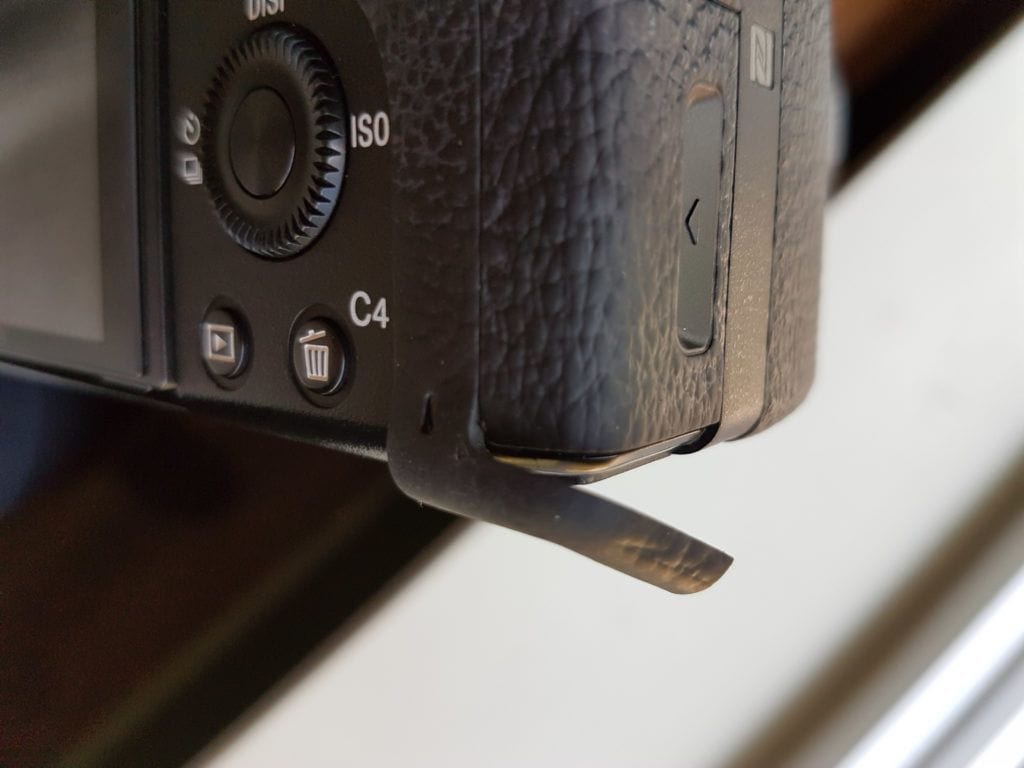
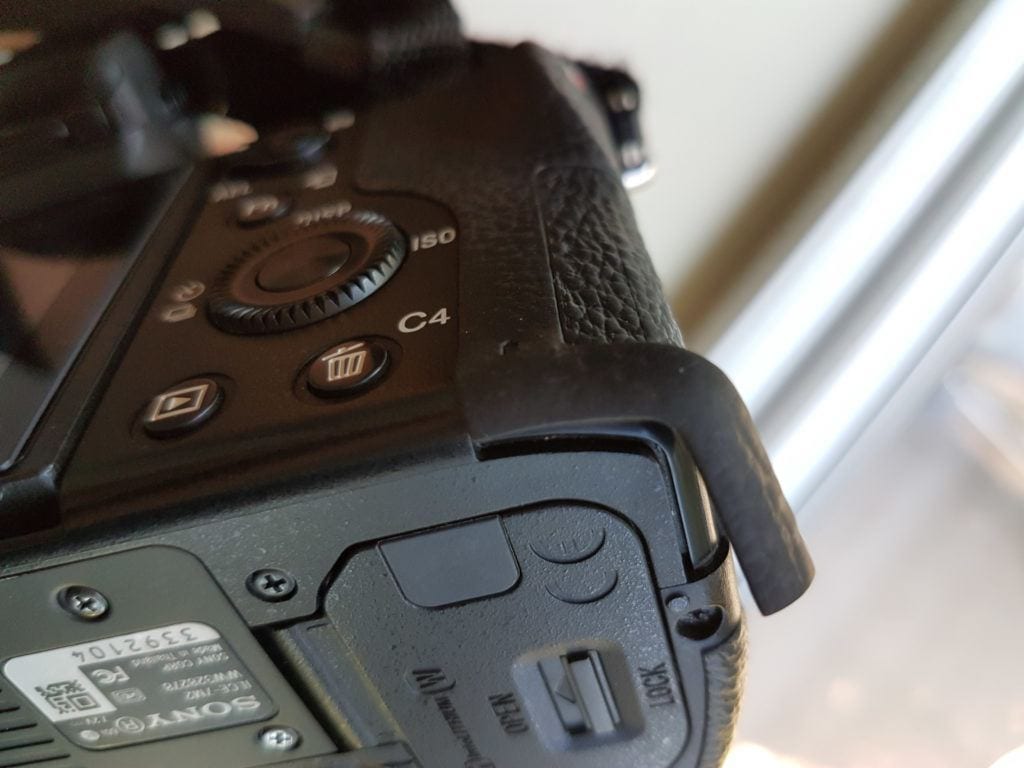



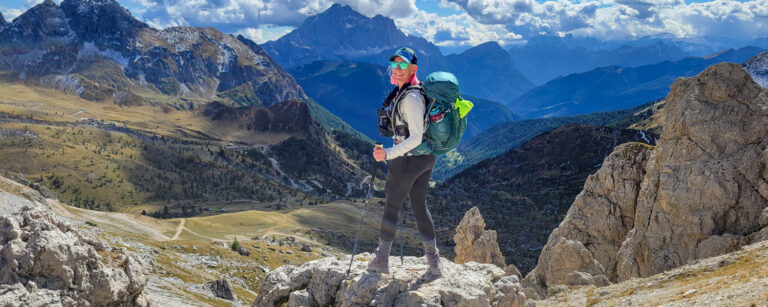


WOW… could have been my words. I have the A7|| with FE 24-240mm f/3.5-6.3 as my travel lens of choice. And a secondary camera of the a6300, soon to be the a6500. Though I love the full frame sensor of the A7….the size of the a6500 is something to be looked at. My go to lens on the a6500 is the Sony Vario-Tessar T* E 16-70mm f/4 ZA, a 35mm-equivalent focal length range of 24-105mm. This can make a great light weight secondary travel kit when needed. I have not run into any issues with service, but I do want to get into the Sony PRO SUPPORT program when I reach the point where I can. Thanks for sharing your transition.
Thanks Stephan. Sounds like you have a good setup. I will eventually want to get a wide angle lens for the sony and replace my Canon one with adapter – but spent too much this year already – so will have to wait! I don’t know what the Sony Pro Support is – but they treat their ‘regular’ customers pretty poorly.
You can find Sony PRO SUPPORT at https://esupport.sony.com/info/1523/US/EN
Similar to the Canon Support, need to own a certain amount of equipment to qualify, includes loaner service…might be worth the price. I would love to get into the Sony Artisan Program ( https://alphauniverse.com/artisans/) or some sort of pro connection. Thanks for keeping us all informed of your travels. Peace, Stephen
How disappointing to spend so much money on a brand that is not customer-oriented 🙁 Either way, your pictures are great!
Really surprised at Sony Customer Service and build quality – it’s not a good advertisment for their cameras.
I recently ‘upgraded’ my 6D and lenses but I moved down sensor size the M43 and went Olympus – makes an awful lot of difference to the weight as even the pro lenses are light and the image quality is outstanding
I don’t think dust is a function of mirrorlesss vs. dSLR. More likely something like the lens sucking dust in on the zoom. I googled for “does the A7ii get a lot of dust” and there are several comments.
I have been using a fixed lens Fuji X100s for a longish while. It was always an experiment in portability prior to going for the whole setup. But I have just continued to use it and use it – and somehow I am still using it and have never made the switch to an interchangeable lens model.
I have Nikon stuff but it hardly sees the light of day.
Thanks for the feedback David. When I took it in to get it cleaned after my first trip with it – I asked the technician about it and he was the on who said it was because there wasn’t a mirror and more apt to picking up particles when I changed lenses. It very well could be incorrect. All I know is that this camera has a lot more issues with dust spots than I ever had with my old one. I still like the interchangeable lenses – not sure I could ever give those up! But it sounds like you have a great setup that works for you!
I had exactly the same issue with my A7 2. Instead of trying for repair glued the rubber back in place and brought a Mengs L-plate and only used the base plate which protects that area on the camera and makes the body slightly larger to fit your hand better. It’s been very successful. The Mengs plate is the best fit particularly around the area effected.
How interesting Jim. They clearly have a quality issue that they won’t address. Still disappointing. How old was your camera when that happened? I”ll check out the L-plate if it happens again! Thanks!!
My friend pointed me in the direction of this post and I’m really glad she did. I’ve just bought a Sony A6000 to replace my Nikon D5100 when I go travelling for a few weeks next month, and wanted something less bulky to take. I primarily take photos of food and drink in restaurants but wanted something a bit more everyday for sightseeing that wouldn’t make me miss my DSLR at home. That said, whilst I enjoy taking photos I feel entirely overwhelmed by the amount of information about cameras (and a often surprised by my photos), so it was really nice to be able to read your thoughts on switching from a DSLR to a mirrorless which felt informative, without blinding me with science…and I feel a lot less nervous/guilty about having treated myself to a new camera too. So, thank you!
Thanks for the feedback. Yes – I’m not a real techy photographer. I appreciate the sites that give real technical reviews – but lord knows I can’t write them! I hope you enjoy your A6000! It’s great to drop that weight!
The camera was just over 1 year old. The worst part was that it happened on the first week of a 6 week European holiday which was one of the reasons I purchased the camera in the first place. I spent 5 weeks with sticky tape holding the rubber in place, not happy. The Mengs L plate has proven to be a winner as it fits really well over the problem area. Other L plates don’t provide the same fit.
Well – they clearly have a manufacturing issue. So frustrating. But if it happens again – I’ll def. take your advice! Thanks!
Hi Sherry. I loved hearing about the Sony. I gave up my full frame Cannon last year because it was so big and heavy that I never carried it anywhere. I do travel a lot and hike and the Cannon was just too bulky. I’ve been working with the Olympus OMD Micro 4/3’s format. The lenses are amazing! And the sensor quality seems pretty good. The camera is light and small, and has all the bells and whistles. I’m not doing pro work anymore like you are, but I do tend to carry this camera with me….rather than using just my phone. 😉
Did you look at the Micro 4/3’s cameras? Just curious about your opinion if you did.
I think the days of DSLRs may be numbered.
Hi Sherry, great article. I too find my Canon 60D a heavy option when I’m travelling minus car. I have often wondered about all the other options out there. Fabulous to read your thoughts as something to begin thinking about. Happy travels in 2017 and good luck with your goal of ‘renting’ somewhere.
Nicola